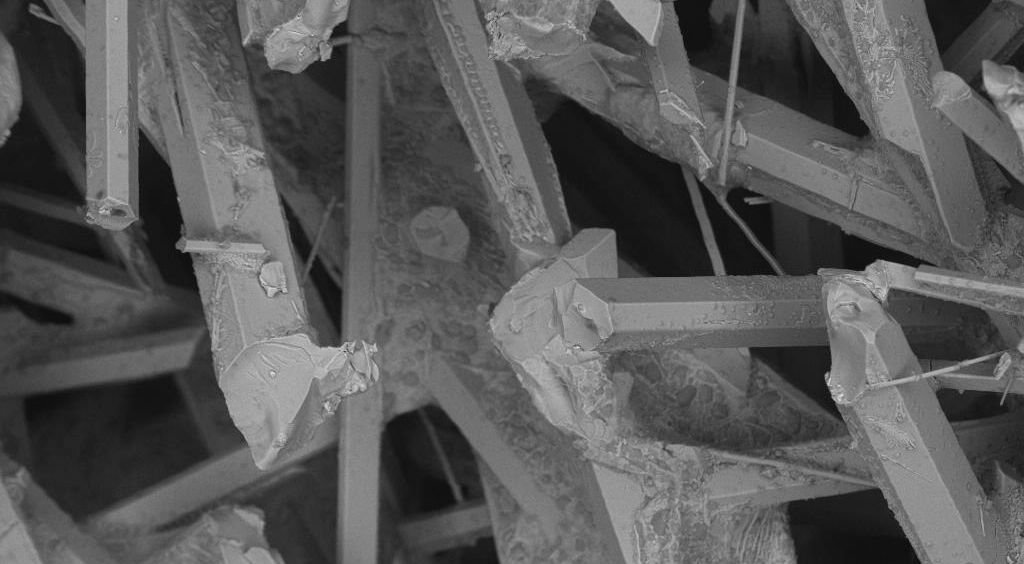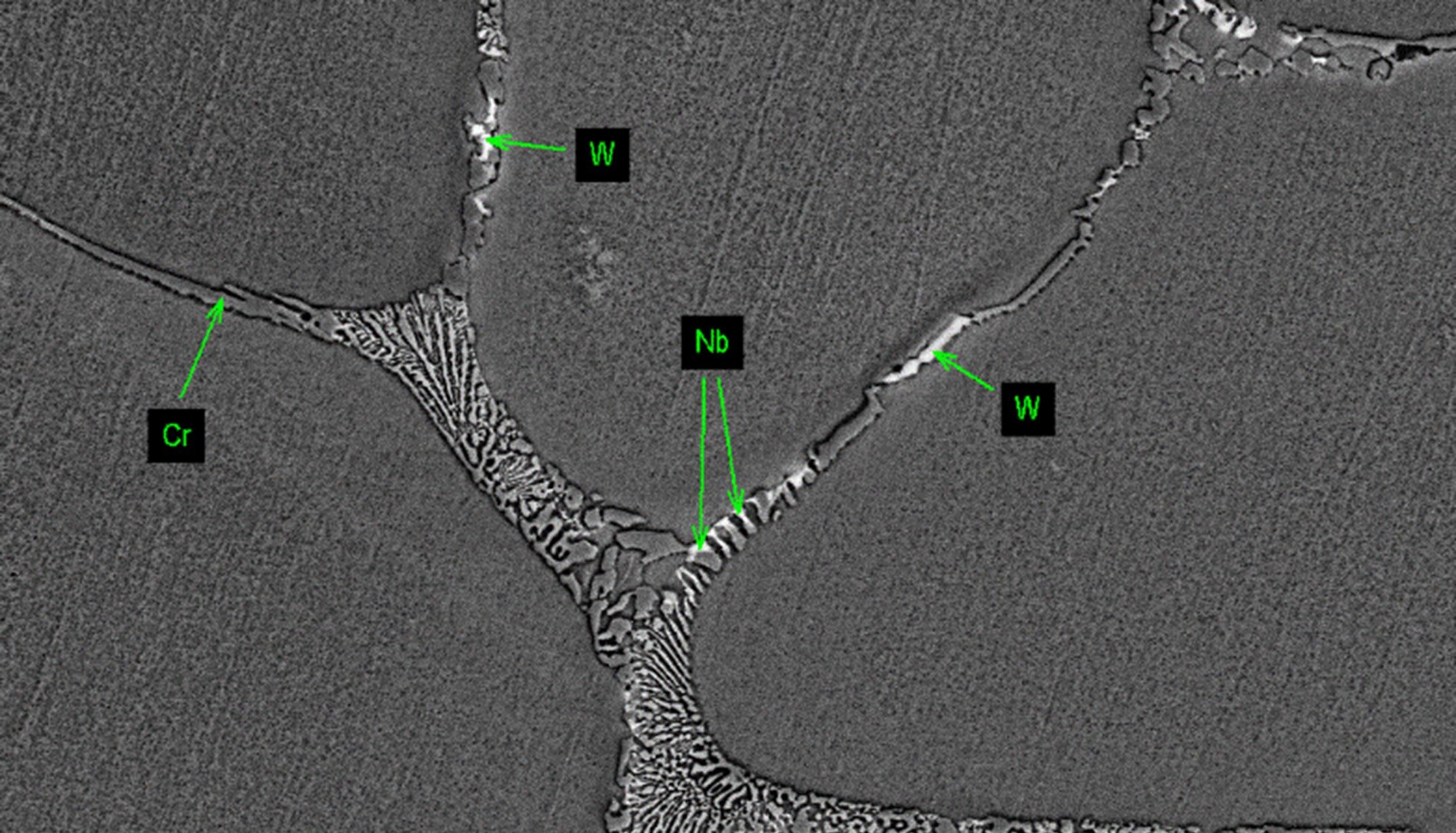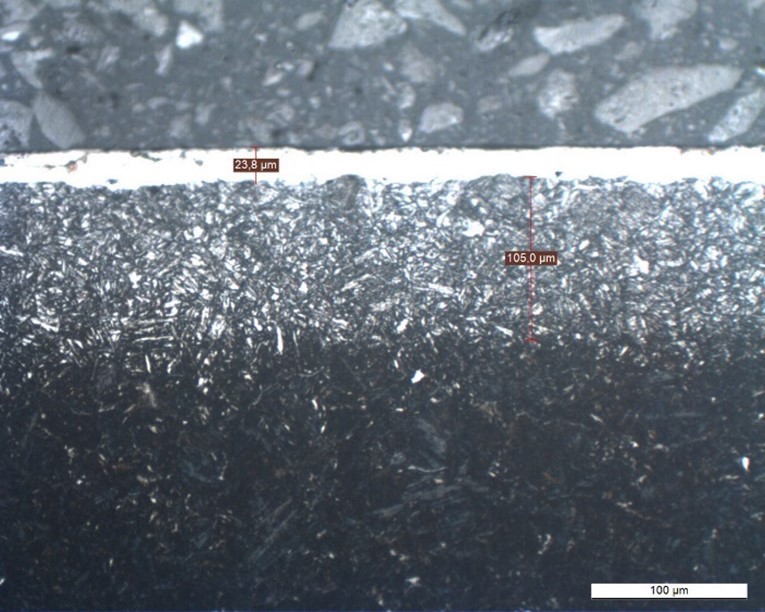New Materials

Design and manufacture of advanced materials for demanding applications and new work environments
Materials R&D is a key element for social and industrial development. Expanding the known limits of materials, improving the benefits that they can offer, makes it possible to address important challenges in areas as diverse as improving productivity, optimizing resources or addressing new fields of application.
When it comes to metallic materials, the development of new alloys with advanced characteristics requires the combination of a deep knowledge of materials and their characteristics, mastery of their manufacturing and transformation processes, as well as an understanding of the needs and challenges of user industries and target applications.
Combining scientific and industrial methods, the SUMA (Superior Materials) methodology developed by AZTERLAN makes it possible to address the development of new ad-hoc advanced alloys, focusing on the specific properties that are to be enhanced for each specific application.

Related contents
SUMA Method
New advanced materials through the hybridization of scientific and industrial methods
1) Defining target properties
An extensive study of the requests and problems associated with the useful life in service of the material/component and its failure modes makes it possible to identify the characteristics to be promoted for a better response in service.
The interpretation of the microstructural mechanisms behind the properties to be optimized (thermal resistance, fatigue resistance, corrosion resistance, etc.), together with the analysis of the strengths and weaknesses of commercial materials, offers fundamental keys to the design process.
2) Design and validation of the chemical composition
With the support of thermokinetic and thermochemical simulation tools, potential chemical compositions of the target alloys are defined and adjusted (introducing new alloy elements and/or modifying the levels of existing ones in known alloys).
The simulation tools used in this step offer a forecast of the potential behavior of the materials, identifying key aspects such as their solidification ranges or the appearance of phases
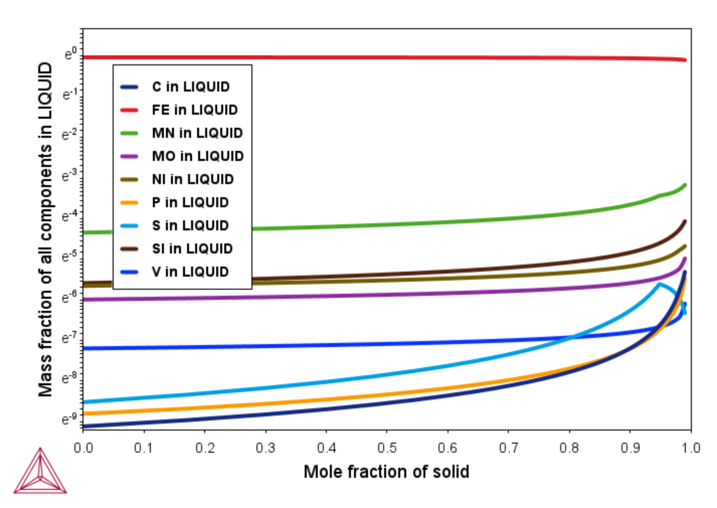
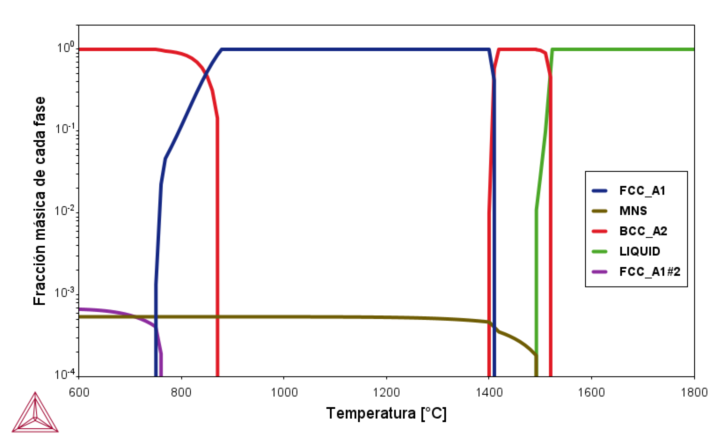


3) Modeling of the manufacturing process
The definition of the production process is also carried out with the support of simulation and modeling tools, in this case, mainly aimed at detecting the appearance of possible defects associated with the solidification and filling of the parts.
This phase includes the design of thermal, cryogenic and/or phase transformation treatments to achieve specific final macro and micro structural characteristics in the materials/components.
4) Manufacture of the material and/or prototype
The designed materials are manufactured in a pilot plant under the optimum manufacturing conditions defined.
To this end, AZTERLAN counts on fully equipped semi-industrial scale infrastructures for the fusion of ferrous and non-ferrous materials, the development of molds or the application of heat treatment and other associated processes, such as the development and application of metal powders, among others.

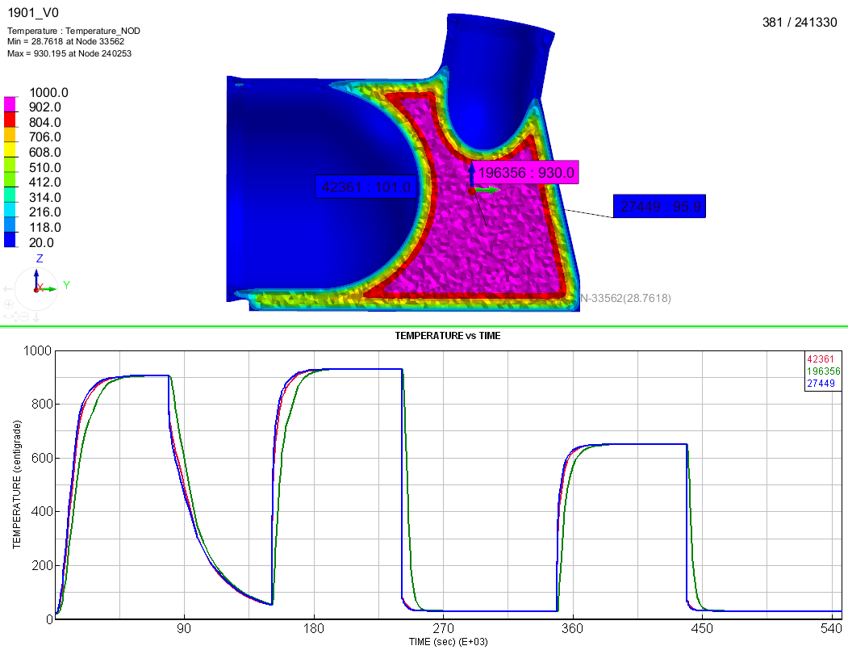
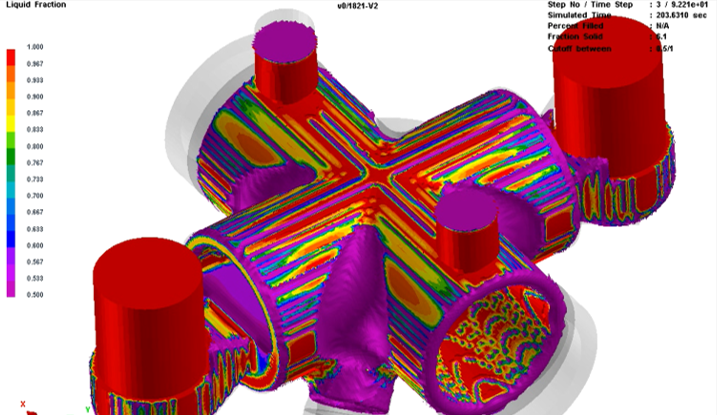
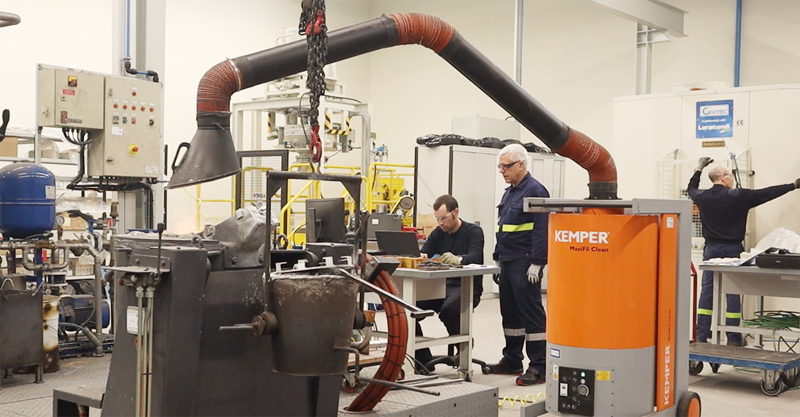


5) Characterization and validation
Once manufactured, the materials undergo destructive and non-destructive tests to verify their properties.
These results and the manufacturing process variables are jointly analyzed using the SALOMON metallic components manufacturing process multi-variable analysis software. This analysis provides valuable information that allows adjustments to be made in the elemental composition of the alloy or in its manufacturing process, as well as improving existing knowledge of the behavior of materials in order to optimize the capabilities of simulation and prediction tools.
6) Leap to industrial manufacturing
AZTERLAN accompanies companies in adjusting and adapting their manufacturing process to ensure that the industrial manufacturing of their products using these new materials is carried out robustly.
In this step, Predictive Control Models and predictive monitoring tools of the manufacturing process play a fundamental role.
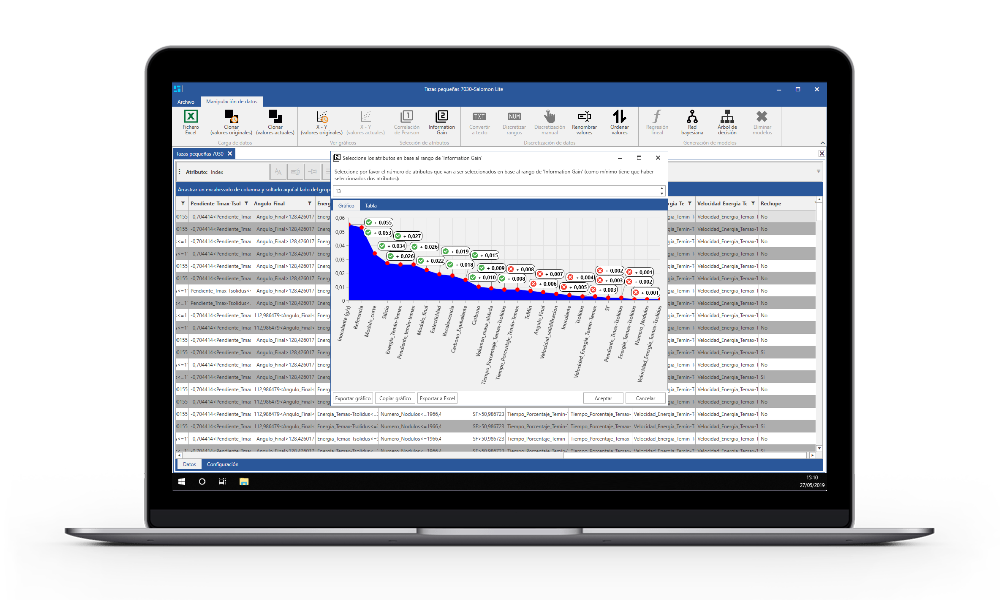
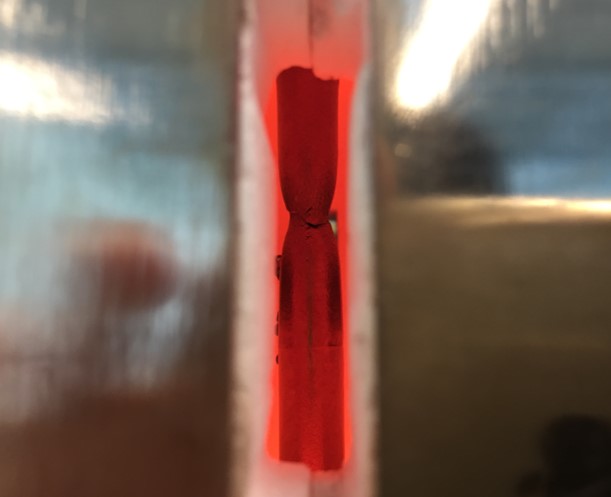
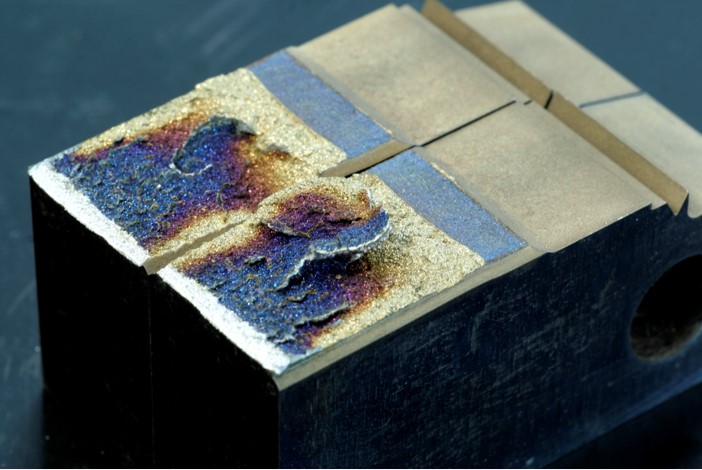


New materials ready for industrial production
SOME MATERIALS DEVELOPED FOLLOWING THE SUMA METHODOLOGY


